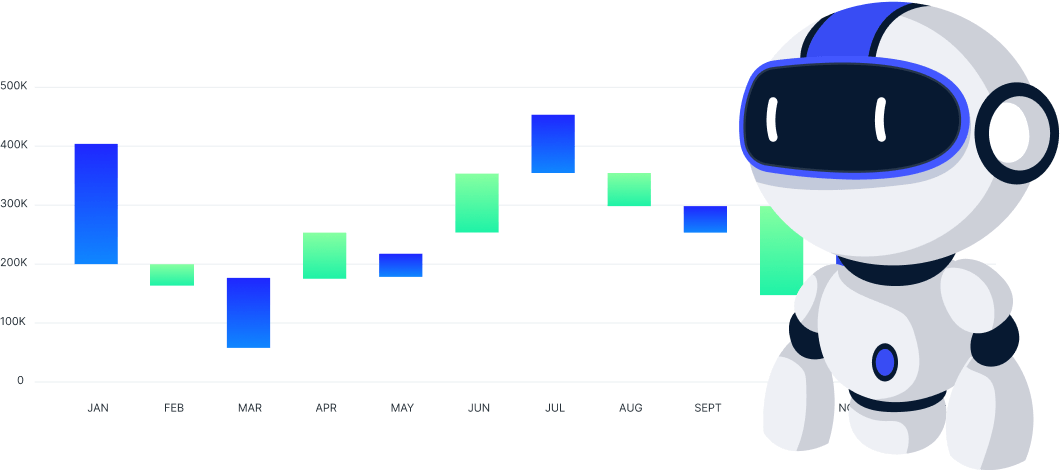AI trading applies statistical and machine‑learning techniques to generate signals and manage positions programmatically. The goal is consistent execution and disciplined risk, not guaranteed profits. Below are common approaches and what to check before deploying capital.

Strategy Types Compared
Choose according to your tolerance for risk, time horizon, and operational complexity.
AI / Quant Approaches
| Method | Best For | Key Features | Considerations |
|---|---|---|---|
| Fully‑Automated Bots | Hands‑off execution | 24/7 trading, rules‑based entries/exits, risk presets | Needs monitoring, exchange/API reliability, and robust fail‑safes. |
| Copy Trading | Beginners | Follow vetted traders or models, simple allocation | Manager risk; verify track record and real PnL. |
| Signal + Manual | Discretionary control | AI signals, human confirmation | Slower execution; discipline required. |
| Market‑Making / Grid | Range markets | Liquidity provision, mean‑reversion | Inventory risk; sensitive to volatility spikes. |
Parameters & Costs
Understand fees and slippage—they compound quickly in high‑frequency systems.
Typical Cost Structure
| Item | Typical Range | Notes |
|---|---|---|
| Performance Fee | 10%–30% of profits | Applies to managed/copy products. Prefer high‑water mark. |
| Subscription | $10–$200+/mo | Signals, bots, or data feeds. |
| Exchange Fees | 0.00%–0.20% / trade | Maker/taker tiers; rebates possible. |
| Slippage & Spread | Market‑dependent | Affects realized PnL; test with live micro‑size. |
Safety First: Secure & Compliant Setup
Protect keys and set guardrails before funding size. Avoid services promising “guaranteed returns”.
Practical Security & Risk Tips
- API hygiene: Disable withdrawals on trading keys; whitelist IP; rotate keys; separate funds.
- Start small: Paper trade, then 0.5%–1% portfolio risk until stable.
- Kill‑switch: Daily max loss, circuit breakers, and alerting (email/Telegram/Webhook).
- Backtest vs. forward test: Validate out‑of‑sample and in live micro‑size (avoid overfitting).
- Compliance: Track PnL and taxes; check local regulations for automated trading.
Records & Reporting
Keep detailed logs: orders, fills, strategy version, fees, and equity curve. Export CSVs monthly for audit and taxes.
Authoritative & Trustworthy Resources
Use official exchange docs and reputable education when building or selecting AI strategies.
- Exchange API Docs (example: Binance) — Keys, rate limits, and permissions.
- Algorithmic Trading Basics — Background on quant concepts and risks.
- CFTC: Customer Education — Risk disclosures and fraud warnings.
- ML in Finance (papers with code) — Research for deeper dives.
Frequently Asked Questions (FAQ)
What exchanges can I use?
Most major spot/derivatives exchanges with APIs are supported by common bot platforms. Check API rate limits and fees.
How much capital should I start with?
Begin with the minimum that allows correct position sizing and fee efficiency, then scale after stable forward results.
Are AI strategies risk‑free?
No. All trading carries risk. Expect drawdowns; use stops and max‑loss rules. Avoid leverage until you have live stats.
What metrics matter most?
Sharpe/Sortino, max drawdown, hit rate, profit factor, average trade, slippage, and capacity. Focus on stability over peak APY.
Can I stop a bot anytime?
Yes. Disable strategies and cancel open orders. Close residual positions manually if needed.
How do taxes work?
Tax rules vary by jurisdiction. Keep detailed trade/export logs and consult a qualified professional.
